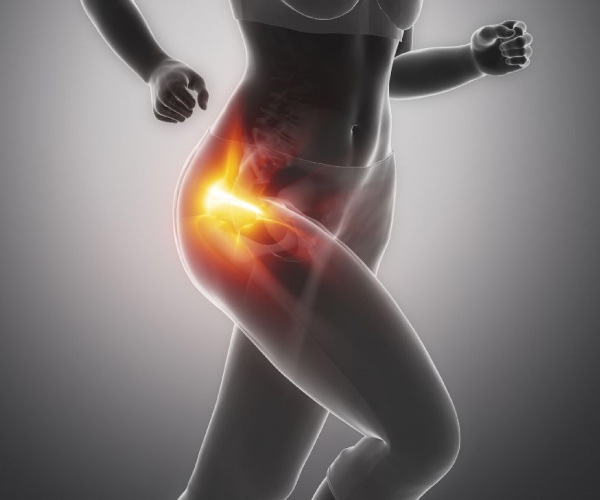Non Surgical Hip Pain Relief in Amritsar
Non Surgical Hip Pain Relief in Amritsar
Hip pain is a debilitating condition that can significantly affect one’s quality of life. It can limit mobility, cause discomfort when sitting or sleeping, and even impact one’s ability to perform routine tasks. While surgical interventions are often recommended for severe hip pain, non-surgical options are becoming increasingly popular.
Non surgical hip pain relief can offer patients a range of benefits, including reduced pain, improved function, and a faster recovery time.
Benefits of Non-Surgical Hip Pain Treatment
Non-surgical hip pain treatment focus on managing pain, improving flexibility and mobility, and preventing further damage to the hip joint. One of the primary benefits of non-surgical treatment is that it is less invasive than surgery, meaning there is less risk of complications and a faster recovery time. Additionally, non-surgical treatment options are often less expensive than surgery, making them more accessible to those who may not have the financial means to undergo surgery.
- Quick and minimally invasive treatment
- Non-narcotic approach
- Low risk of side effects
- Reduced recovery times
- Improved range of motion and flexibility
Get in Touch
Types of Non-Surgical Techniques for Hip Pain
While surgery may be necessary in some cases, non-surgical techniques can provide effective relief for those looking for alternative solutions
Regenerative Medicine
Regenerative medicine offers a novel approach to treating hip pain by harnessing the body’s natural healing mechanisms. This approach involves using various techniques to stimulate the body’s own cells to regenerate damaged tissues and promote healing. Some of the regenerative medicine procedures to treat hip pain include platelet-rich plasma therapy (PRP), Stem cell therapy, and Prolotherapy.

Botulinum Toxin (BOTOX) Injections
Botulinum toxin, commonly known as Botox, is an effective treatment for hip pain caused by disorders such as hip osteoarthritis or hip bursitis. Botox works by blocking the release of acetylcholine, a neurotransmitter that stimulates muscle contractions, leading to muscle relaxation and pain relief. Botox injections for the hip joint have been shown to remarkably alleviate pain and improve joint function. However, it is essential to note that Botox treatment for hip pain should only be administered by a qualified medical professional and as part of a comprehensive treatment plan. As with any medical procedure, there may be risks and complications associated with Botox treatment.
Cooled radiofrequency ablation (CRFA)
Cooled radiofrequency ablation (CRFA) is a minimally invasive procedure that has shown promise in treating chronic hip pain. CRFA uses radiofrequency energy to target the nerves responsible for hip pain, effectively disabling them and reducing pain signals to the brain. The cooling system used during the procedure protects surrounding tissue and reduces the risk of complications. Recent studies have demonstrated that C-RFA can provide significant pain relief and improve function in patients with hip pain, even in cases where prior treatments have failed.
Ozone Therapy
Ozone injection therapy is yet another non surgical hip pain relief which has emerged as a popular and effective treatment option for individuals experiencing hip pain. This minimally invasive procedure involves the injection of ozone gas into the affected area to reduce inflammation, improve circulation and promote healing. The ozone gas is believed to increase the production of antioxidants in the body, which help to reduce pain and inflammation.
Hip Pain Treatment at Amandeep Hospital
The non-surgical therapies for hip pain relief conducted at Amandeep Hospital in Amritsar are safe and effective alternative medical treatments that have shown promising results in reducing pain and improving functionality.
There are other non surgical hip pain relief methods such as resting, cold and heat therapy, over-the-counter medications, and physical therapies that have shown a good amount of positive outcomes as well.
Contact the Pain Management Specialist for Hip Pain and get the best treatment option.
